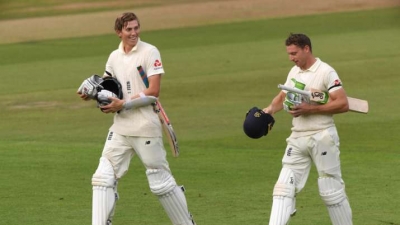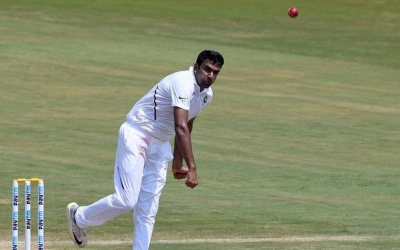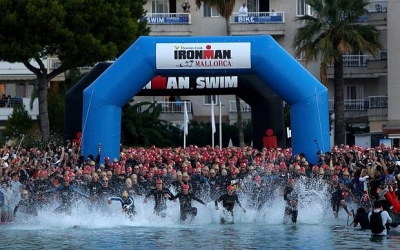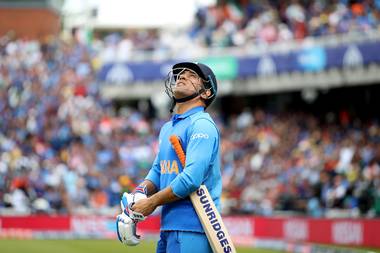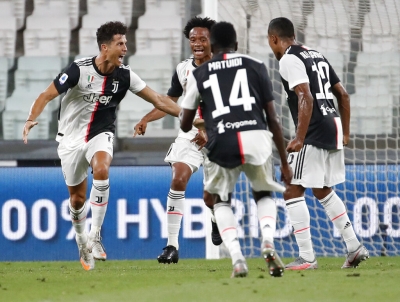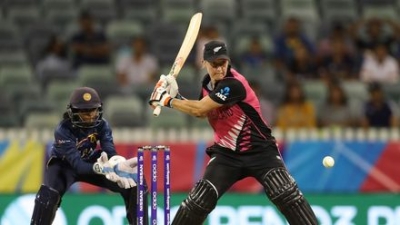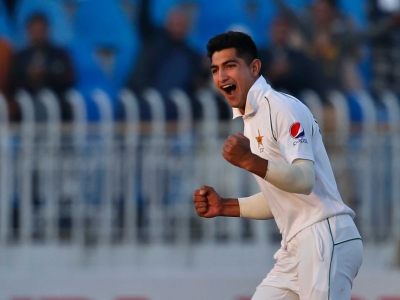
By defeating Paris Saint-Germain 1-0 at Estadio da Luz, Lisbon on Sunday, August 23, 2020, Bayern Munich won the Champions League for a sixth time.
First for a Canadian
Alphonso Davies is a 19-year-old defender who cemented his place in Bayern Munich’s starting 11 in October 2019.
Emerging as one of the best young talents around, Davies created history by becoming the first Canadian to win the Champions League in the history of the competition.
Coman comes back to haunt PSG
Kingsley Coman scored the only goal of the final, his leader proving to be the difference between the two sides. Coman spent his youth career at PSG and even made senior appearances during his stint with the club between 2004-13. He left for Juventus on a free transfer and then moved to Bayern, only to come back and haunt PSG by scoring the winning goal in the final.
So near, yet to far
This was PSG’s first appearance in the Champions League abundantly clear in recent years that their priority is Europe’s top competitions, but the French giants have to wait some more to get their hands on the covered trophy.
The perfect record
Bayern Munich not only won the Champions League for the sixth time, they did it in style. They became the first team ever to win the title while winning every game they played in the competition this season. Agreed, this year saw them play 11 matches (instead of the usual 13) as the COVID-19 pandemic forced the quarter-finals and semi-finals to be played as single-leg fixtures rather than the usual home-away format. But still, winning each and every one of the 11 matches they played is no easy feat and it is also the longest winning streak in the competition.
Picture Credit : Google


